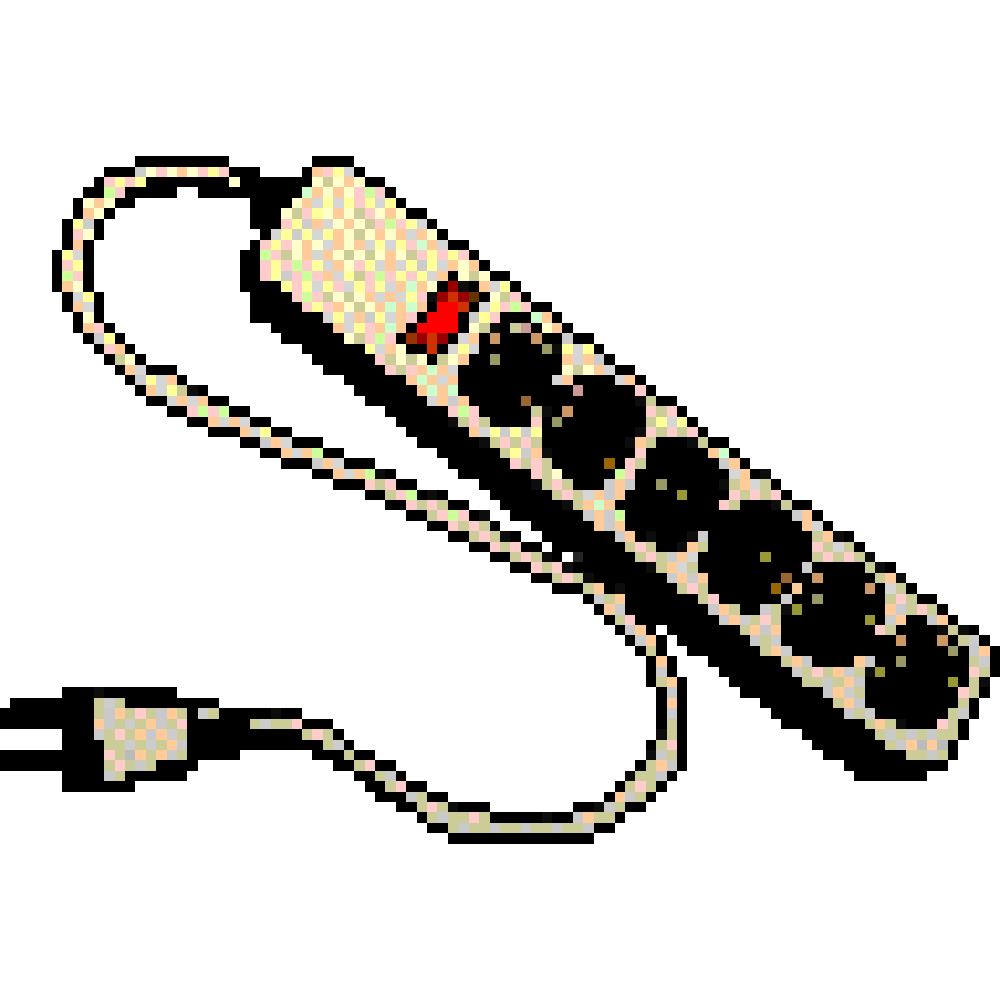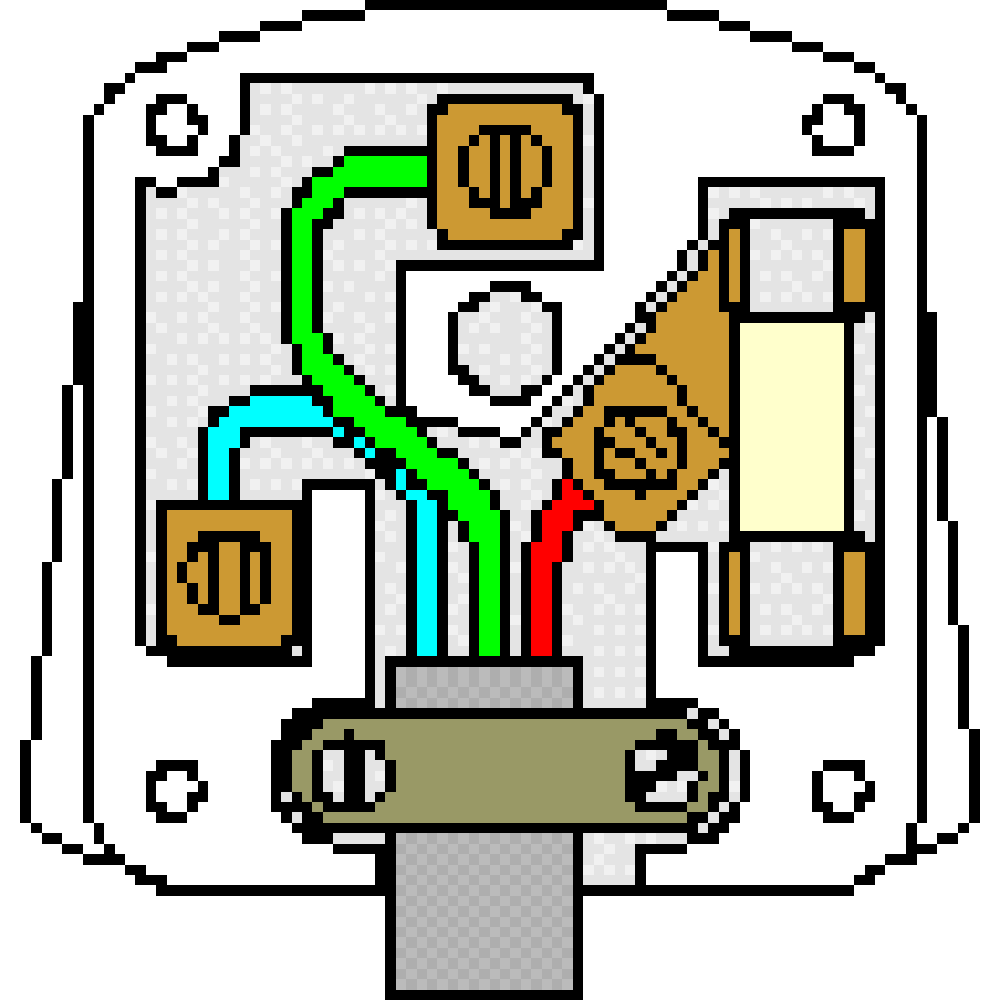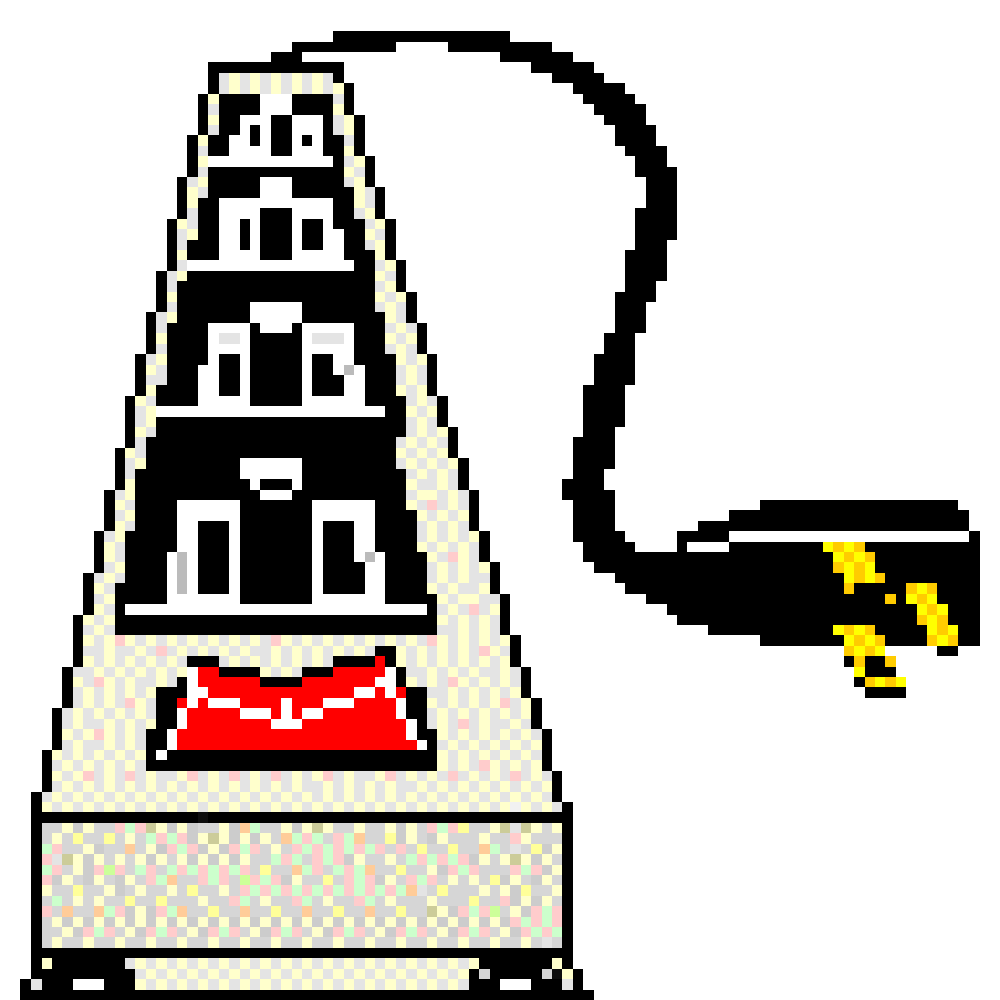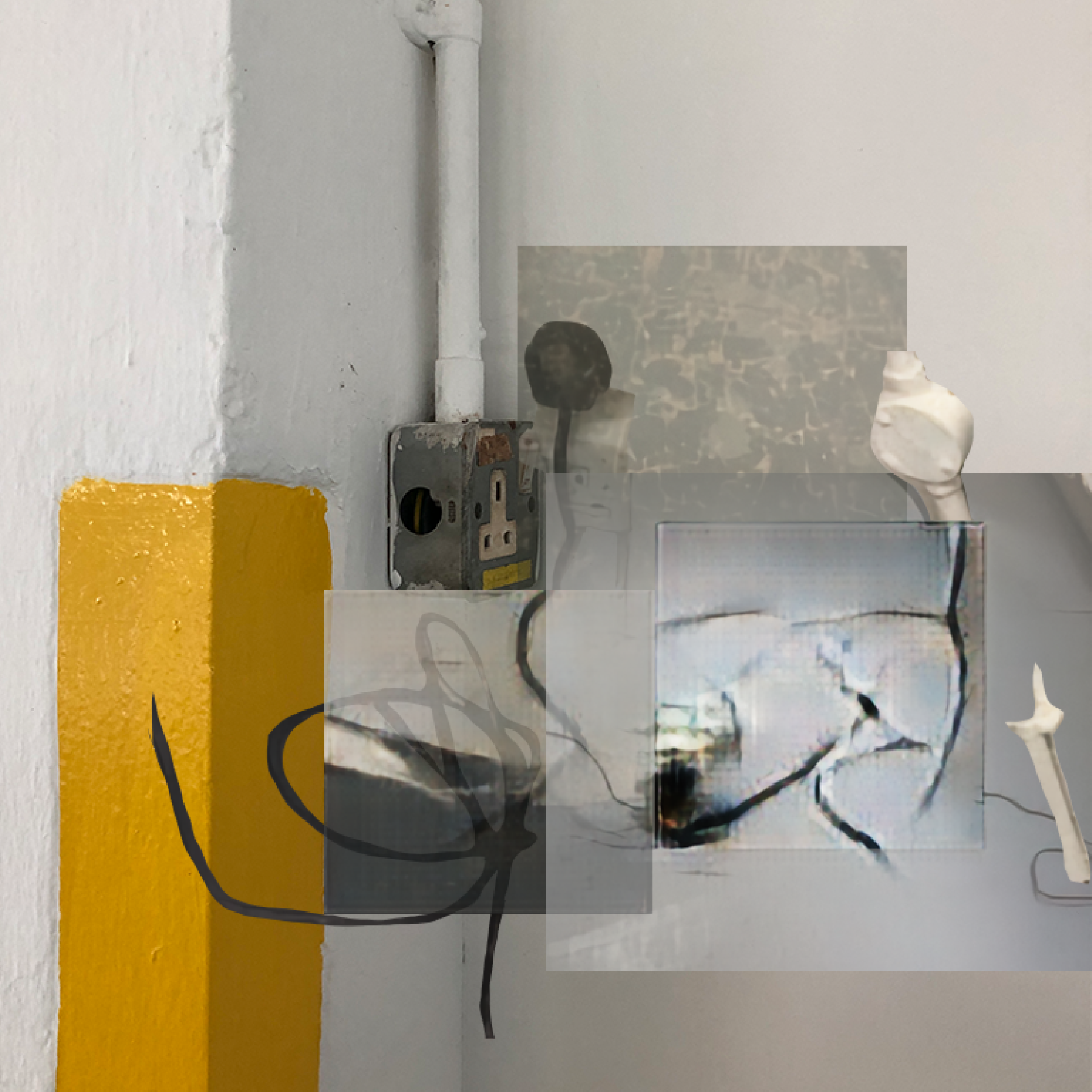


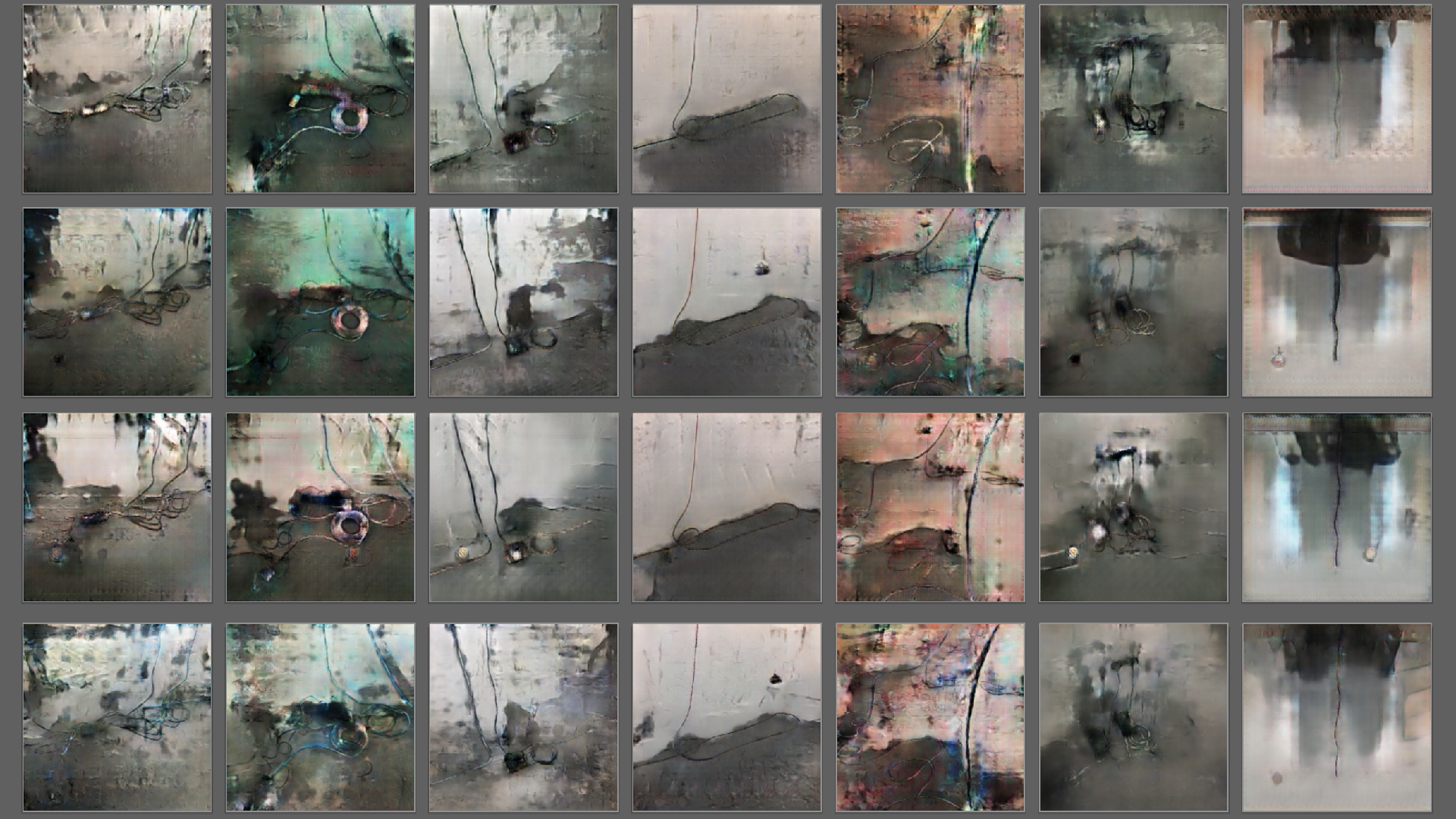

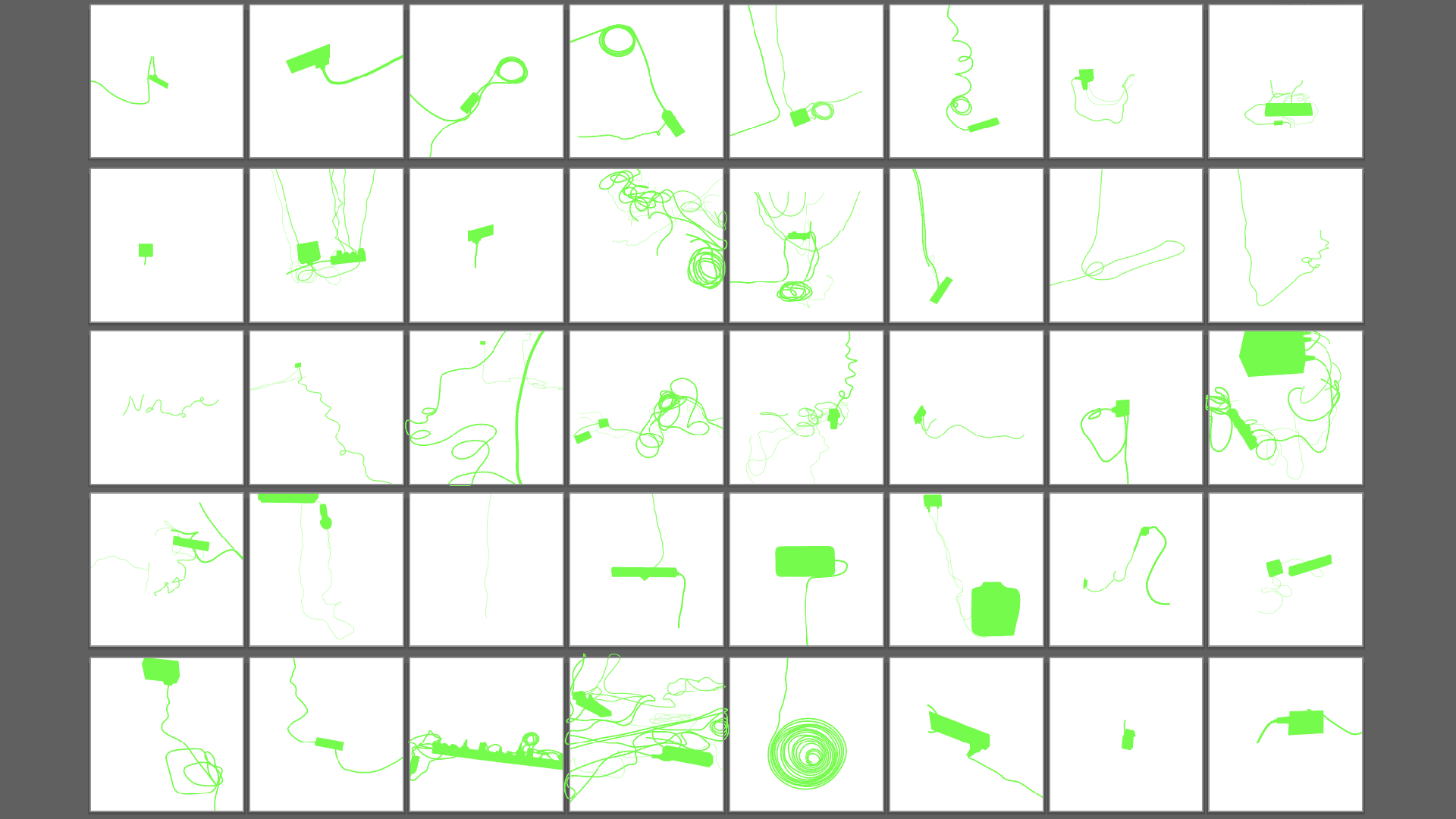
Title
Cable Imgs
Year
2022
Medium
GAN-produced images, vinyl stickers
Dimensions
232.5 cm x 313.5 cm; 60 x 60 cm each
Cable Imgs
Year
2022
Medium
GAN-produced images, vinyl stickers
Dimensions
232.5 cm x 313.5 cm; 60 x 60 cm each
This work comprises a series of images produced using a generative adversarial network (GAN), which has been trained on a dataset of photographs documenting cable management in visual art exhibition spaces. Based on this dataset, the network uses context encoding to generate the contents of an arbitrary image region. Each image is thus a speculative proposal for how cables—usually a marginal, supporting aspect of exhibition-making—might be organised in an exhibition space.
The network has a sensibility of its own, creating logical outcomes that possess a strong resonance across images, as well as with the original dataset and our own experiences of exhibition spaces. Still, the images retain distinctly digital textures, appearing at times hypnotic, even painterly in their abstractions. Presented as a large floor-based collage alongside smaller interventions in other areas of the exhibition space, this work is at once cheekily self-referential and a sincere engagement with the generative possibilities of machine learning.
The network has a sensibility of its own, creating logical outcomes that possess a strong resonance across images, as well as with the original dataset and our own experiences of exhibition spaces. Still, the images retain distinctly digital textures, appearing at times hypnotic, even painterly in their abstractions. Presented as a large floor-based collage alongside smaller interventions in other areas of the exhibition space, this work is at once cheekily self-referential and a sincere engagement with the generative possibilities of machine learning.
Interview with the artist
Q Curators
This particular work is a sequel to a previous project (Browsing Copy), in which you similarly trained a generative adversarial network (GAN) on a dataset of visual art exhibition venues. Why the focus on such spaces, and why the decision to zoom in on cable management specifically?
I'm interested in exhibition spaces in part because as an artist, I visit them often, but more so because they have a consistency in terms of their visual structure. Although individual exhibitions can look and feel very different, they are almost always composed of classifiable elements such as walls, doorways, wall-mounted objects, and free-standing floor-based objects. These factors make suitable parameters for training a model to produce its own variations and speculations of spaces, based on an existing dataset.
Similarly, when looking at cable use and management within visual art exhibitions, there is simultaneously a consistency and yet a huge variety of styles in their presentation—sleek and organised on the one hand, and extremely messy and tangled on the other. It’s entertaining to me to look out for how cables are managed in each new show I visit. It made me think about what would happen if we left cable management up to a machine, and how the continued generation of images could be an endless source of enjoyment.
Similarly, when looking at cable use and management within visual art exhibitions, there is simultaneously a consistency and yet a huge variety of styles in their presentation—sleek and organised on the one hand, and extremely messy and tangled on the other. It’s entertaining to me to look out for how cables are managed in each new show I visit. It made me think about what would happen if we left cable management up to a machine, and how the continued generation of images could be an endless source of enjoyment.
What drives your interest in machine learning, particularly in using models that are by nature imitative and predictive?
The most familiar type of machine learning is probably a neural network, which has been used by @ResNeXtGuesser to guess memes or by r/SubSimulatorGPT2 to simulate entire subreddits. Instead of image detection or text generation, my interest is in image generation using techniques such as pix2pix, which is a conditional generative adversarial network (CGAN). A generator produces an image as close as possible to an original image provided, and a discriminator decides whether the image is a produced or original image. This way, the model learns to approximate images that are closer and closer to the original source. To the machine, this whole process is about iterative optimisation, in which every input and output is mapped in a deterministic way. But I find myself amused by how the results produced almost never pass as ‘real’ or ‘human’ enough, despite the robust process of machine learning. This is why I enjoy it as an iterative or generative tool for obsessive repetition, which opens up new areas of speculation.
This is one of the few projects you’ve done in which there are no kinetic elements. Why have you decided to step away from that aspect of your practice?
Many of my previous kinetic pieces were very much based on algorithms and how they are able to produce interesting types of motion. switchArray (2019) is controlled by an algorithm based on Conway's Game of Life, A Video of Pigeons (2019) is based on an algorithm modelling a normal distribution, and Light Wind (2017) uses an algorithm to constantly update motion based on relative position. I am still interested in exploring these algorithms as they provide generative results without me having to design or animate every single frame to create liveness. With Cable Imgs, instead of having algorithms produce movement, they are used to produce visuals. Even though there is no kinetic aspect to this work, it is not so different from what I have explored in my practice. The focus is still on a self-sustaining continuity, except that in this work it's about a continuity of texture and context.
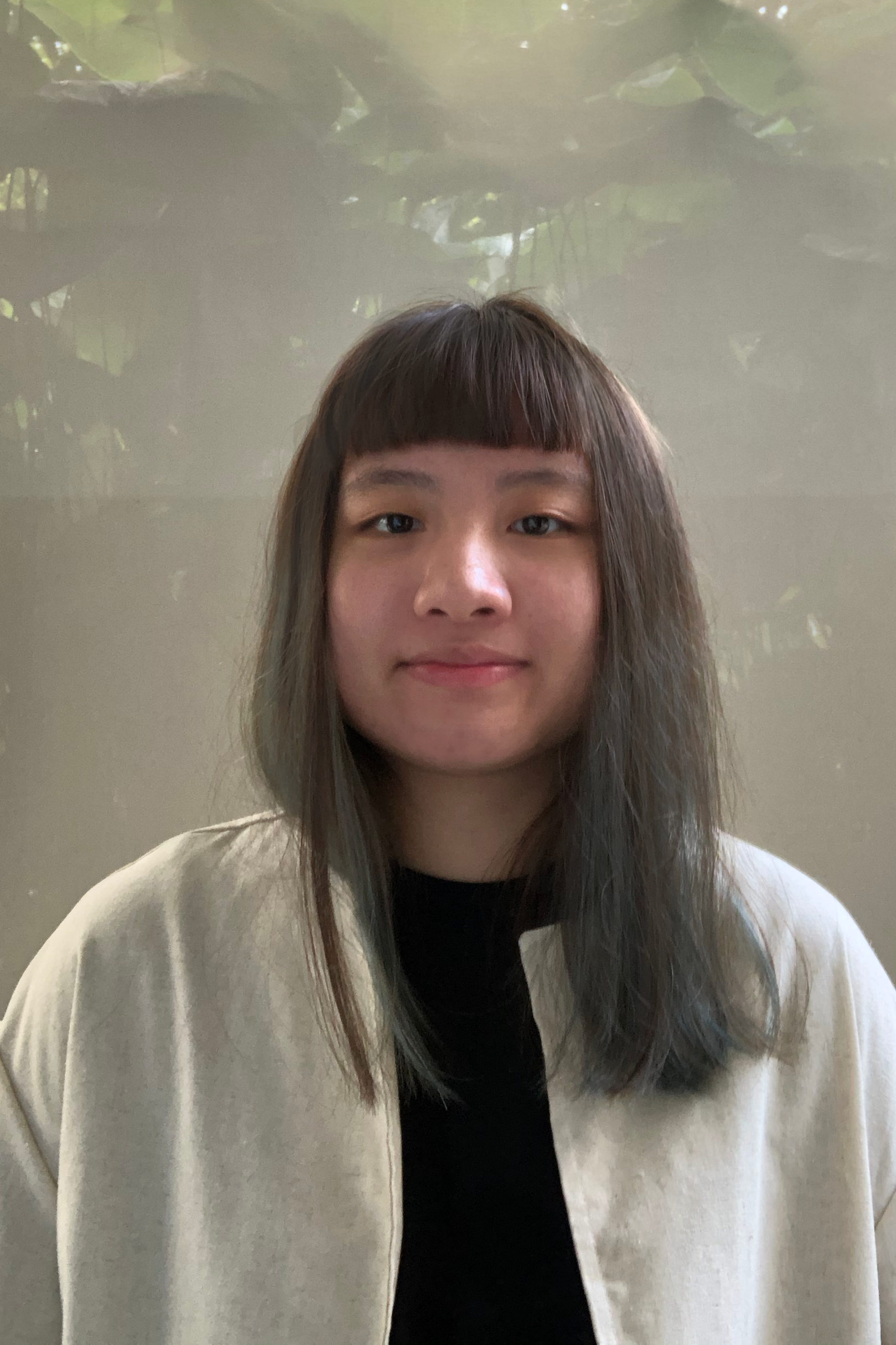
Biography
